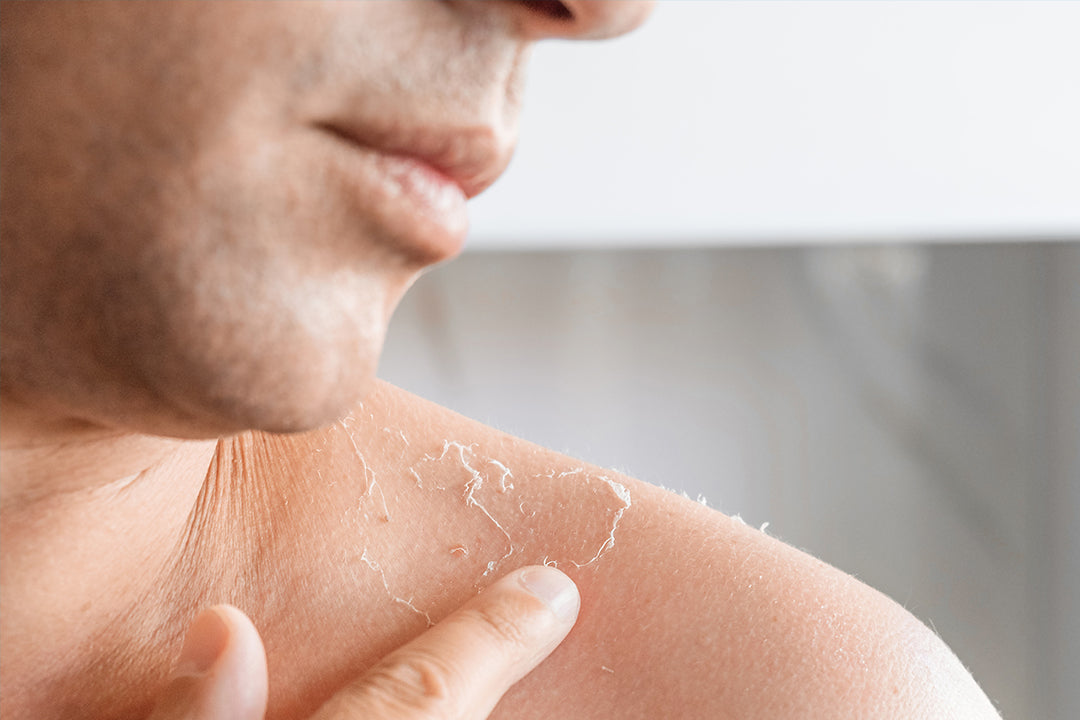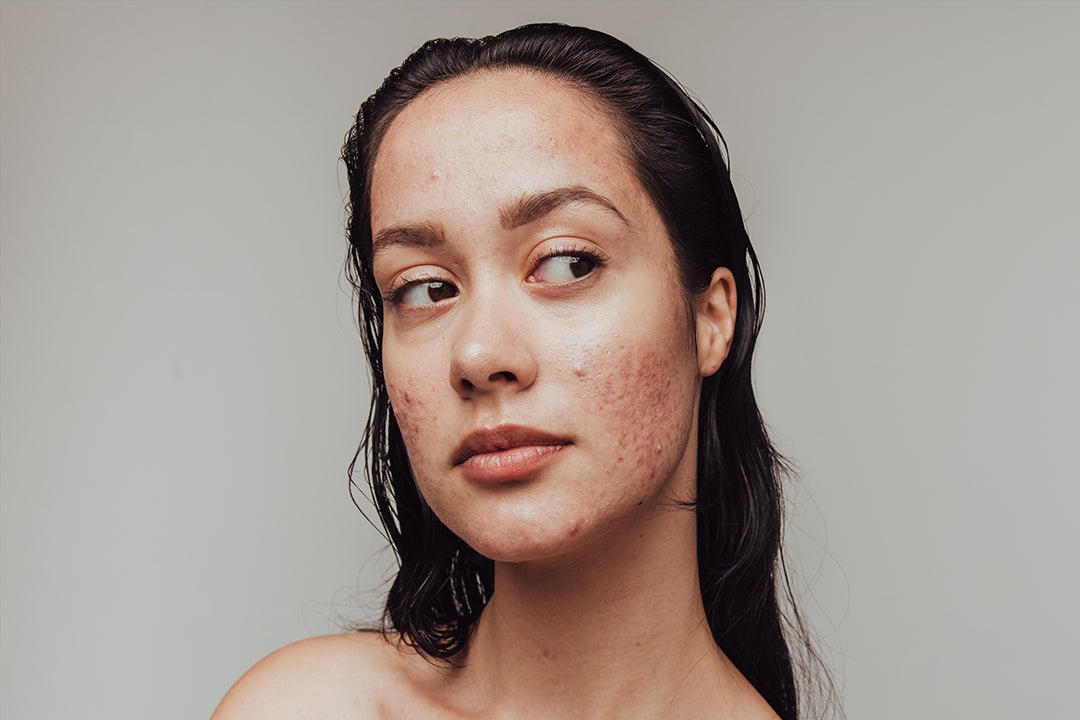If you suffer from grainy skin texture on your face, you're not alone. Many people struggle with rough bumps and an uneven complexion, but the good news is that there are solutions available to help improve the texture of your skin. In this comprehensive guide, we'll explore the causes of grainy skin, share tips on how to fix it, and recommend treatments that dermatologists swear by.
Understanding Grainy Skin
Grainy skin refers to a rough and bumpy texture on the surface of your skin. It can make your complexion look uneven and feel rough to the touch. There are several factors that can contribute to grainy skin, including:
- Excess sebum production: When your skin produces too much oil, it can mix with dead skin cells and clog your pores, leading to a grainy texture.
- Clogged pores: If your pores become clogged with oil, dirt, and debris, it can result in a bumpy texture on your skin.
- Dead skin cell buildup: When dead skin cells accumulate on the surface of your skin, it can make your complexion appear rough and uneven.
- Dehydration: When your skin lacks moisture, it can become dry and rough, contributing to a grainy texture.
- Genetic predisposition: Some people may be more prone to developing grainy skin due to their genetic makeup.
Now that you know the causes of grainy skin, let's explore how you can fix it.
How Do You Fix Grainy Skin?
There are several steps you can take to improve the texture of your skin and reduce graininess:
1. Exfoliate Regularly
Exfoliation is key to removing dead skin cells and promoting cell turnover. You can exfoliate your skin using physical exfoliants, such as scrubs, or chemical exfoliants, like alpha-hydroxy acids (AHAs) or beta-hydroxy acids (BHAs). Regular exfoliation can help smooth out the texture of your skin and reveal a brighter complexion.
2. Moisturize Daily
Moisturizing your skin is essential to keeping it hydrated and preventing dryness, which can contribute to a grainy texture. Look for a moisturizer that is suitable for your skin type and apply it twice a day, morning and night.
3. Use a Vitamin C Serum
Vitamin C is a powerful antioxidant that can help brighten your complexion and improve the texture of your skin. Look for a serum that contains a high concentration of vitamin C and apply it after cleansing and before moisturizing.
4. Protect Your Skin from the Sun
Excessive sun exposure can damage your skin and make the texture appear rougher. Make sure to apply a broad-spectrum sunscreen with an SPF of 30 or higher every day, even on cloudy days.
5. Consider Retinol
Retinol is a derivative of vitamin A and is known for its ability to improve the texture and appearance of the skin. It can help stimulate collagen production and promote cell turnover, resulting in smoother and more even skin.
Treatments for Grainy Skin
If you've tried the above tips and are still struggling with grainy skin, there are several treatments that dermatologists swear by:
1. Chemical Peels: A chemical peel involves applying a solution to the skin to exfoliate the top layers and reveal smoother, healthier skin underneath. It can help improve the texture of your skin and reduce the appearance of graininess.
2. Micro-needling: Micro-needling is a procedure that involves using tiny needles to create controlled micro-injuries in the skin. This stimulates collagen production and can help improve the texture of your skin over time.
3. Laser Resurfacing: Laser resurfacing uses laser technology to remove the outer layers of the skin, allowing new, smoother skin to emerge. It can be an effective treatment for grainy skin.
Takeaways
Grainy skin can be frustrating, but with the right skincare routine and treatments, you can improve the texture of your skin. Remember to exfoliate regularly, moisturize daily, protect your skin from the sun, and consider treatments like chemical peels or micro-needling for more stubborn cases of grainy skin. If you're unsure about the best approach for your skin, consult with a dermatologist who can provide personalized recommendations.









